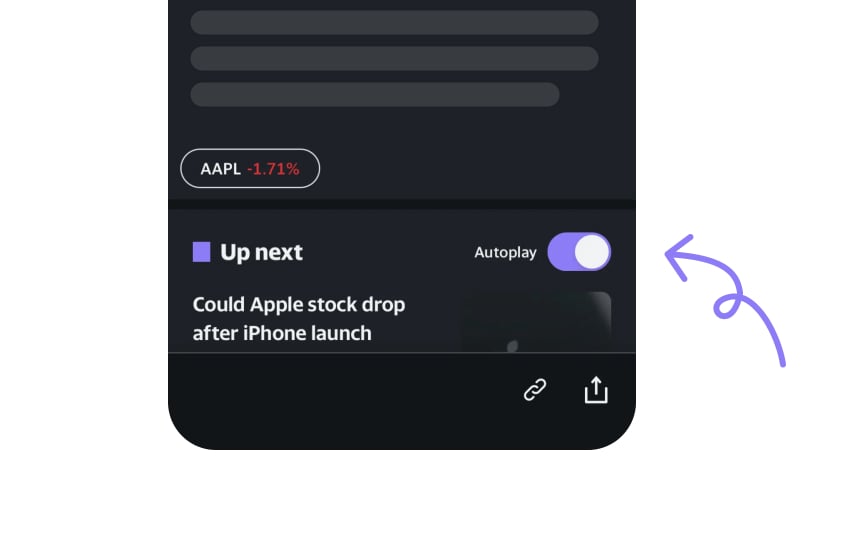Recognizing signals for automation change
Users send signals when their automation needs change. Smart systems watch for these clues and respond. Repeated task modifications suggest users want more control. Consistently accepting AI suggestions indicates readiness for more automation. Error patterns reveal where current settings don't match user needs.
Watch for behavioral indicators:
- Skipping AI suggestions repeatedly
- Manually redoing automated tasks
- Changing settings frequently
- Using workarounds to avoid features
- Seeking help for the same issues
Make sure you're able to detect these patterns and offer adjustments. If someone always edits AI-generated email responses the same way, offer to update preferences. When users consistently override safety features, investigate why. Track acceptance rates for different automation features and suggest changes when patterns emerge.
The goal isn't maximum automation but finding each user's comfort zone. This changes based on confidence, workload, and life circumstances. Make adjustment suggestions gentle and reversible.[1]

